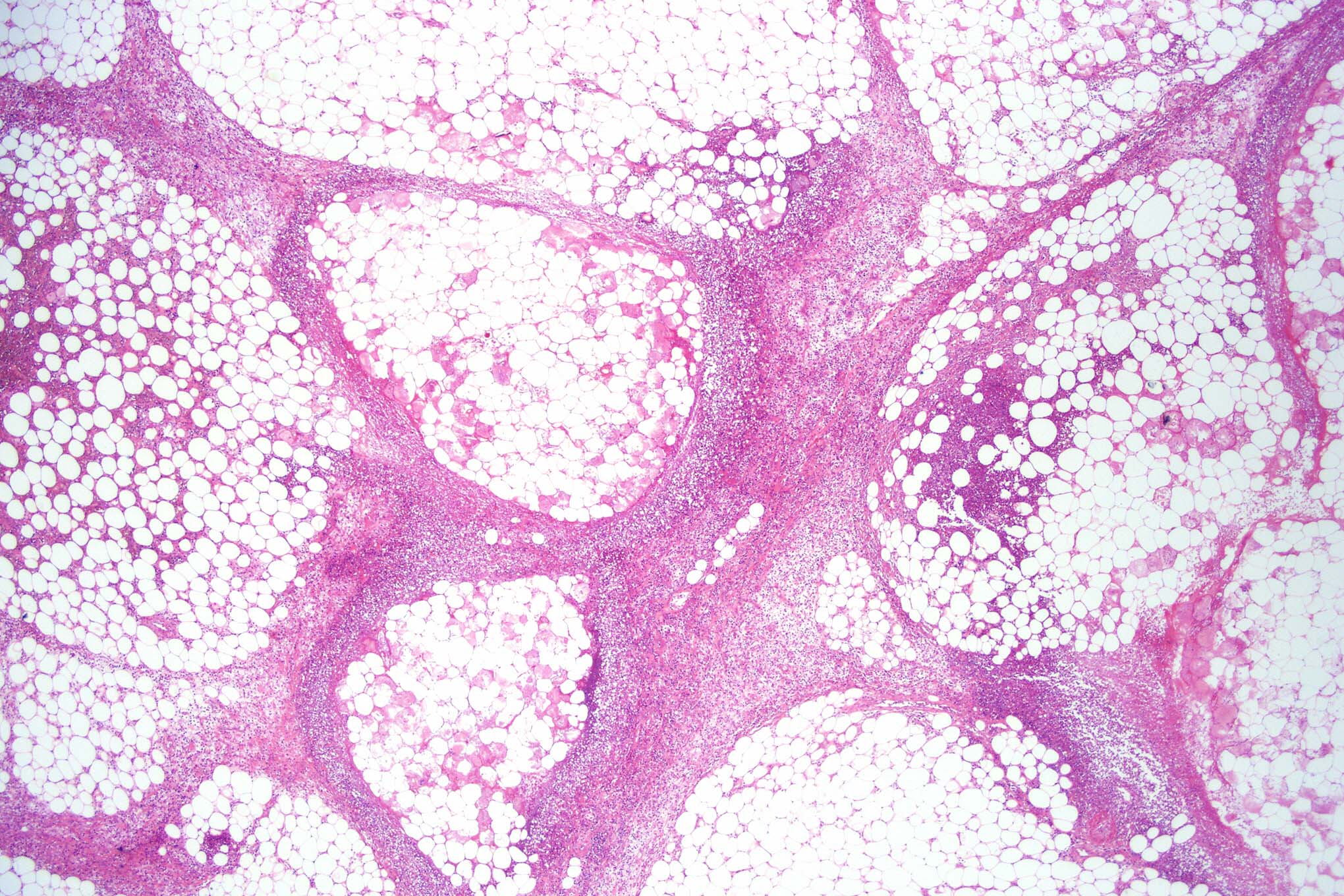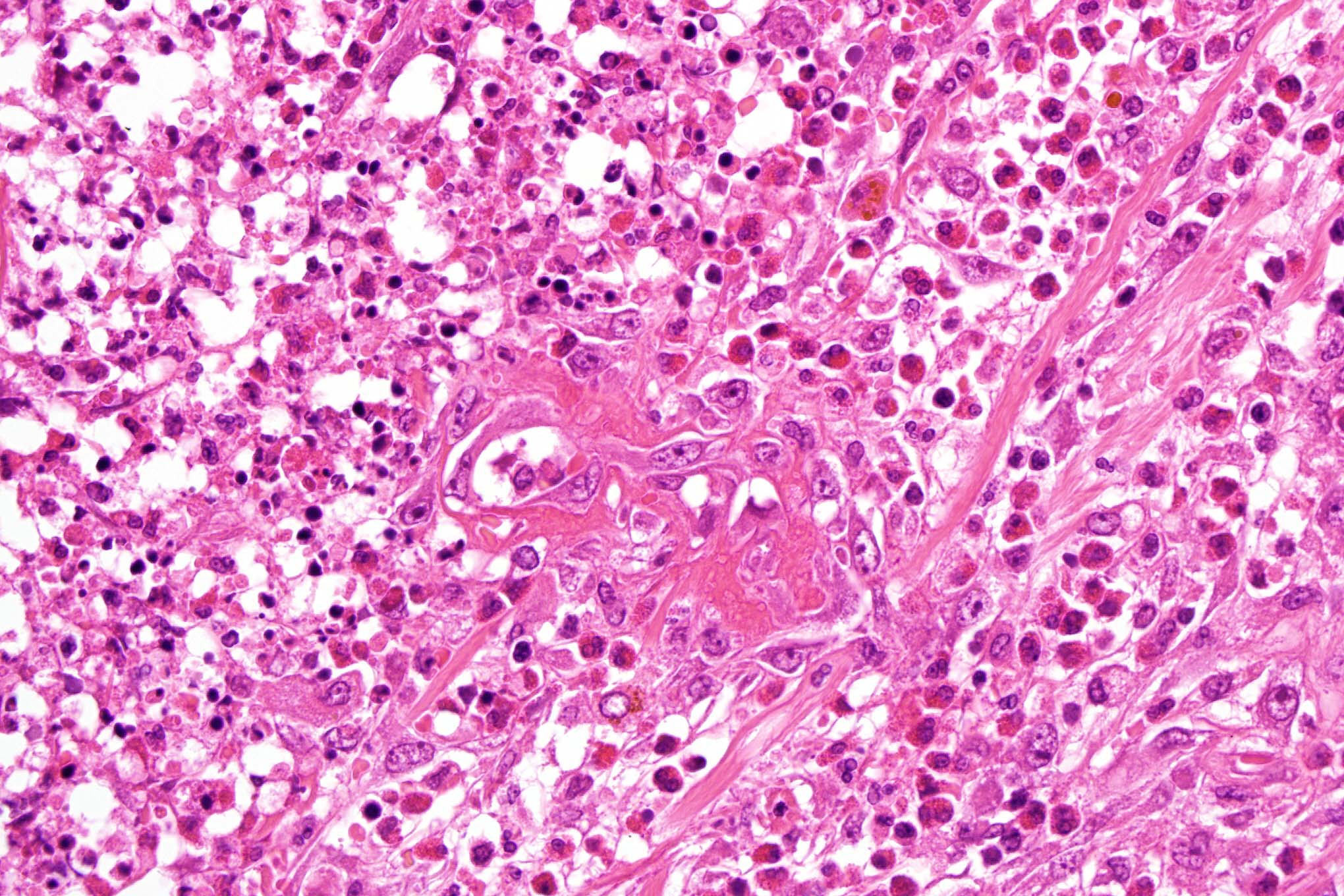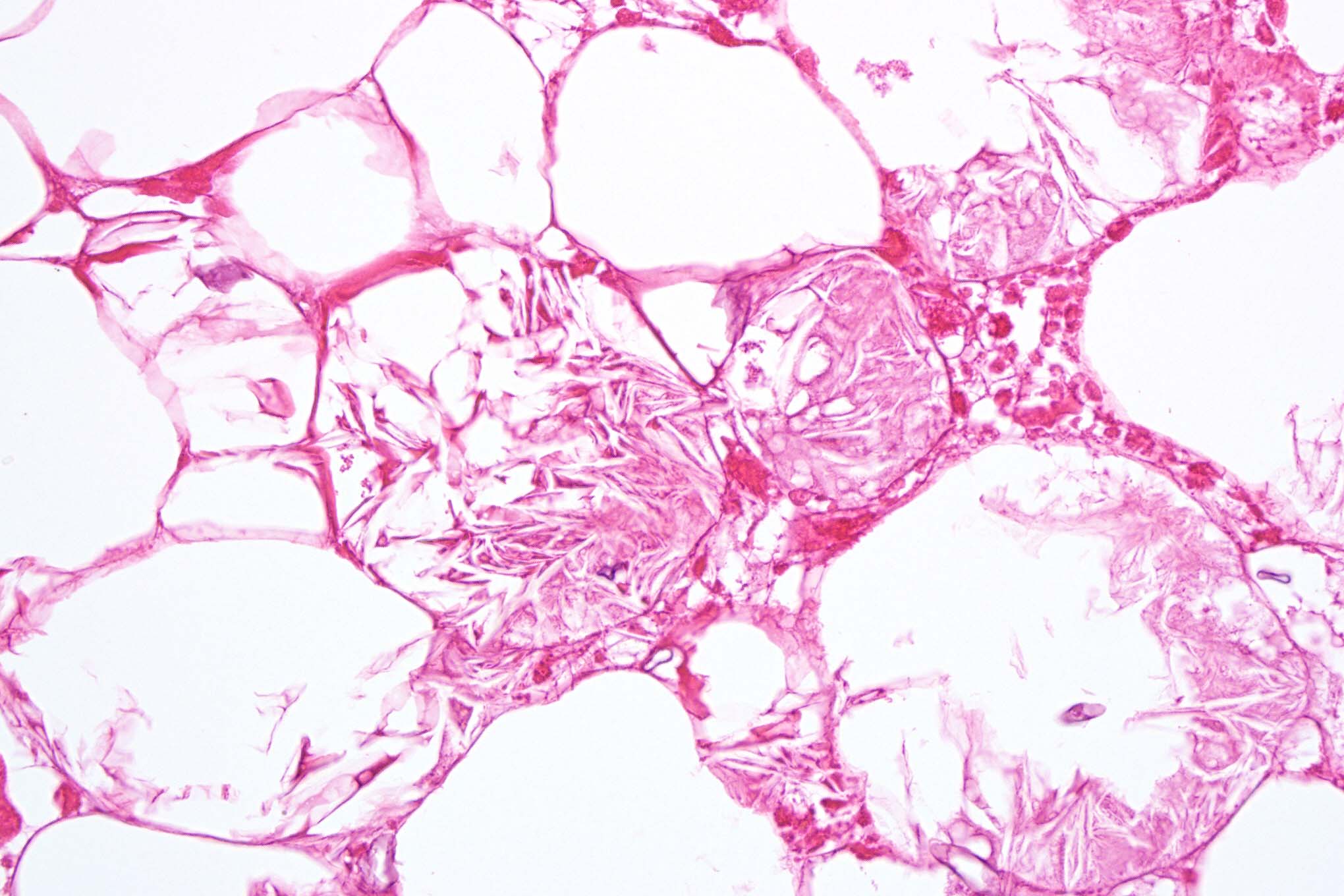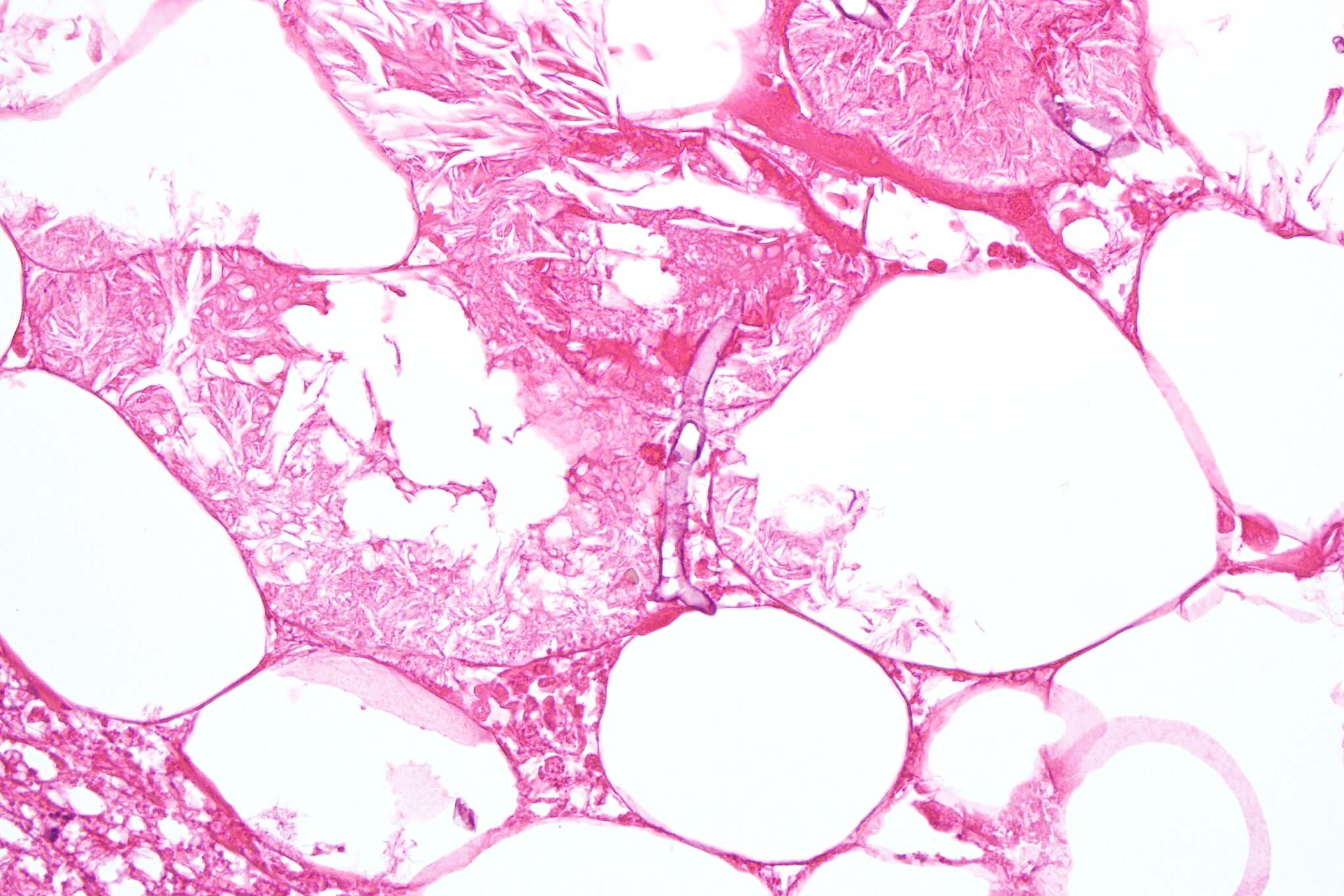Case Number : Case 654 - 11 Dec Posted By: Guest
Please read the clinical history and view the images by clicking on them before you proffer your diagnosis.
Submitted Date :
Male 42 years with deep nodule in thigh. Case courtesy of Dr. Thomas Brenn.





User Feedback